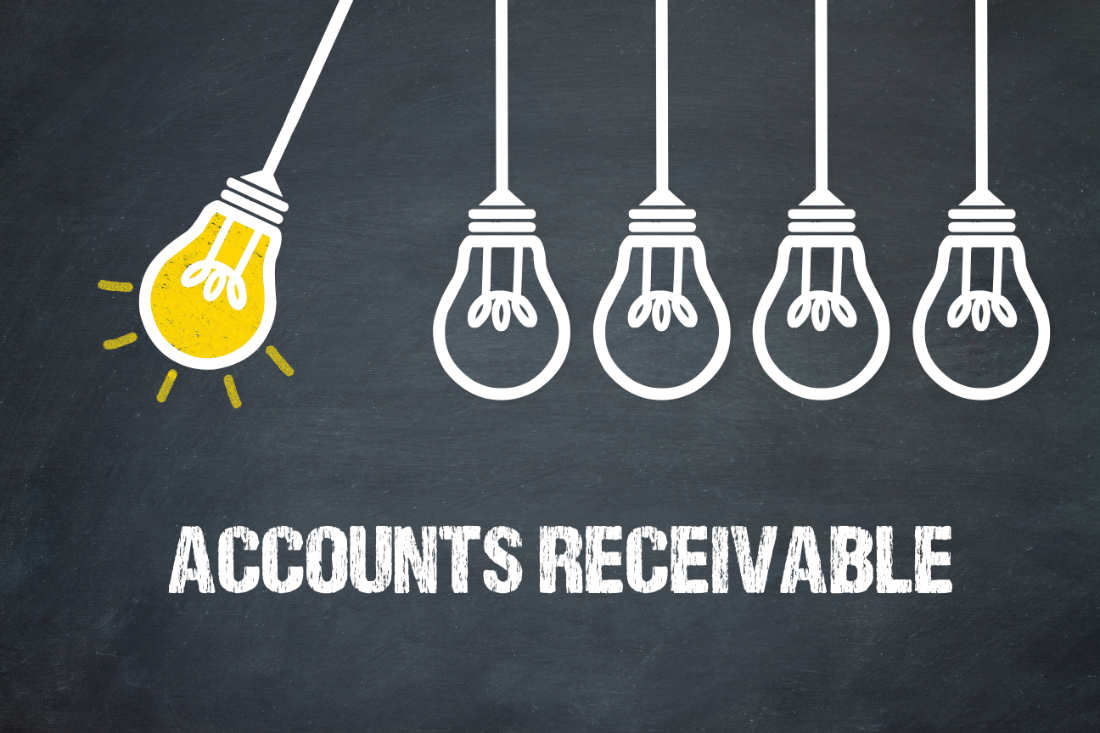How to Calculate (and Lower) Your Customer Acquisition Cost
June 28, 2021
If you are a business owner and have thousands of customers buying your product or service on a daily basis, this sounds like a great formula for success. However, there’s more to the success formula than sales. You need to pay attention to your customer acquisition cost. If it costs too much to acquire your customers, this will cut into your profits. If your customer acquisition cost is too high, you and your business have a serious problem that needs to be corrected as quickly as possible. To keep your business growing, you need to carefully calculate your customer acquisition cost and reduce it as much as possible.
What is Customer Acquisition Cost?
If you're unclear as to what customer acquisition cost is, think of it in the following terms. Simply put, it is the total cost of everything that is needed for your business to acquire a new customer. This can include such things as your advertising costs, physical supplies and services such as designing, printing out and mailing materials, salaries of salespeople and other related expenses. Once this is calculated, the result is divided by the number of customers acquired.
Why is Customer Acquisition Cost Important?
As to why customer acquisition cost (CAC) is important to your business, it all comes down to how much revenue you are earning. If your customer acquisition cost continues to outpace your revenue over an extended period of time, your losses will eventually put you out of business. Needless to say, this is not a scenario you want to encounter. In addition, knowing how to calculate and lower your customer acquisition cost can be beneficial in helping you decide how to invest in your company's future growth.
Don't Overlook Hidden Costs
When you are calculating your CAC, don't make the mistake of overlooking hidden costs that may be linked to acquiring new customers. For example, if you are paying salaries to various marketers, always include those in your CAC calculation. If you’re paying fees to a social media management platform, a social media manager or placing social media ads, include that. Also, make sure you add in any payment processing fees your business pays when a customer buys your product online. By making sure you properly calculate all costs associated with CAC, you can ensure that you stay on top of your expenses and won't experience an unpleasant surprise.
Define Your Target Market
Once you've calculated your CAC and begun looking for ways to get it lowered, a great starting point is to define your target market. If you are able to do this with laser precision, the result will be lower costs and higher revenues. By accurately defining who your typical customer is, your messaging and sales tactics can be narrowed to that particular market, saving you money and time.
In fact, a very easy way to reduce your CAC is to put your efforts into obtaining those customers who will be the easiest to get and the most likely to convert into sales. In essence, reaching for the low-hanging fruit will make far more sense—at least in the beginning—than trying to grab onto that which may be unreachable.
Improve Your Conversions
While all businesses are concerned about driving traffic to their website, not all of them pay as much attention to turning potential customers into conversions. Remember that traffic does not equal sales. To improve your CAC, make improving the rate of conversions a top priority. As for how you can improve this and lower your CAC, pay attention to such things as slow loading times, navigation difficulties on various pages of your website and other issues potential customers experience, then make the necessary changes.
The Importance of Customer Retention
Once your business is able to acquire a customer, that is only the beginning of making sure your CAC stays low. To stay on this path to success, you also need to know how to retain that customer and get long-term value (LTV) from them. If you don't, you will be in a constant cycle of acquiring and then losing customers, which forces you to spend far more time and money on acquiring new customers than your competitors. By working closely with your marketing and accounting teams, you can learn more about this metric, what your company's LTV and CAC rates need to be, and coordinate your efforts to get both of these rates to their desired levels.
Streamline Your Process
In business, time is money. Therefore, try to streamline your processes utilizing automation technology as much as possible. This can include such things as sending out welcome or thank you emails to customers, offering discounts and promotion codes, and other incentives for customers to continue using your business. While this may sound like lots of work, it is actually far easier than you would imagine, and will save you and your staff plenty of time once the system is up and running. As for how it will reduce your CAC, automation leads to reduced customer support costs and increased brand recognition. Automation is also less costly than paying a human to do the same tasks.
Take Advantage of Live Chat
Now considered one of the primary ways companies can lower CAC, live chat is unique in that it can be the source for a customer's entire journey; from being only a prospect to becoming a loyal customer. Combining conversational marketing and customer engagement strategies, live chat gives your business more opportunities to sell various products or services to customers. Best of all, it increases a customer's long-term value to your company. In fact, studies show customers who use live chat with companies tend to spend almost 15% more with that company during their lifetime.
Remember that no matter how great your product or service is within your industry, your business will only succeed if CAC is kept as low as possible. Once you start to use the above-mentioned strategies and prioritize CAC as a key business metric, you'll be surprised at the results. Talk to your CPA about CAC and how it affects your bottom line.









